Attention Monster Puppies
The Dark Side of Enrichment
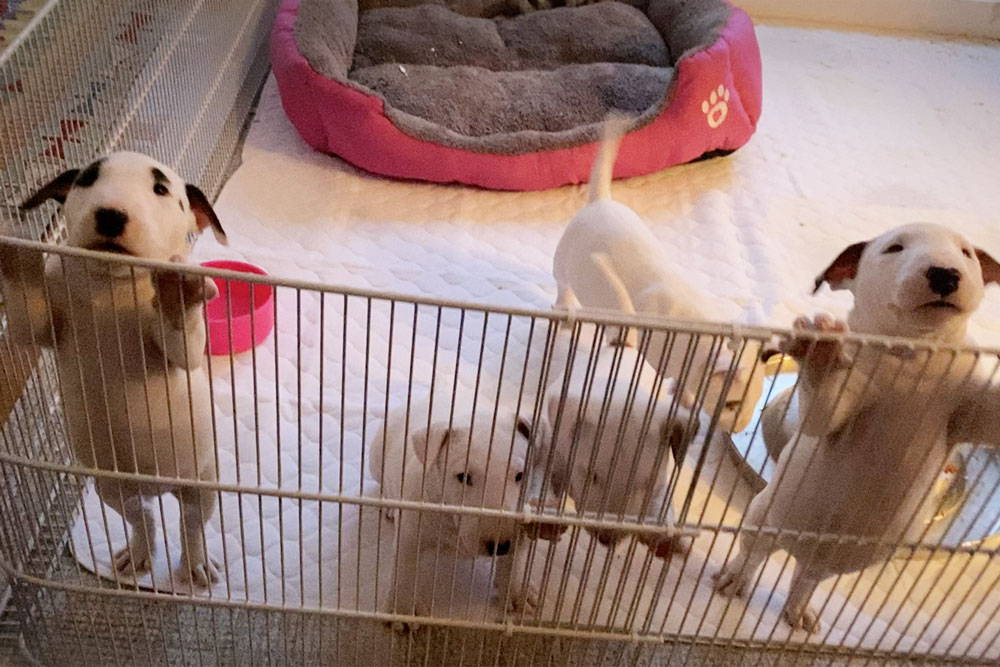
In the past few decades, breeders as a whole have come to understand the importance of enrichment, training, and generally spending time with the puppies, and this has led to better outcomes for puppies and their people. This is a positive trend that we are very pleased to see.
However, there is a pitfall to this new ethos. While we at Puppy Culture are firmly in favor of early enrichment, it’s just as important to accustom puppies to the absence of attention and stimulation.
Puppies need to learn to modulate up and down. They need to learn cues for when their opportunity for interaction is closed, or you run the risk of creating “Attention Monsters.”
Sometimes, You’re Just not “There” for Your Puppies,
and That’s OK
This is training. These five-week-old puppies are learning to be alone while I am in the room, quietly working. Sometimes humans are not available for interaction, and there is a “picture” that tells the puppy that there will be no opportunity for interaction.
This picture is me, quietly sitting at a computer and working. This picture says, “This human is not available for interaction, go back to sleep/amuse yourself.” Show your puppies this picture and teach them what it means.
I mean, actually, just sitting in the same room, quietly working, and ignoring your puppies is serious training. Even though you don’t feel like you’re “doing anything” this is an essential life skill and one that, increasingly, we see breeders struggling with in their litters.
“Nothing” is Something
We have gotten a good run of posts about litters who scream and wail and are generally very vocal and “needy.” I currently have a very vocal litter and so am acutely aware of how annoying this is, but I also am newly self-aware that I actually take steps to train this behavior away.
Yes, this litter was “Needy and Vocal Level: Expert”
There was HUGE wailing and howling when I walked by the computer and sat down. Up until this day, every time I had walked into the puppy room (which is also my office) it meant there would be some kind of interaction – either I would be feeding them, training them, playing with them, cleaning them, or letting them out for a romp. This was the first time that I just walked in and sat down at my desk and their reaction could best be described as a mixture of outrage and disbelief.
But within about ten minutes they were all asleep. The next day when I walked in and sat down at my desk, they all got up, looked, and then staggered back to their bed. I was actually a little sorry they learned quite so quickly because I wanted to capture some video of the insane wailing that they displayed the day before, but they were already completely over it.
Show Them All the Pictures
There are lots of similar pictures that we should show our puppies and teach them that these pictures also mean the human is not available for interaction:
- Talking on the phone/zoom – think about it, your puppy has to learn that you alone and talking does not always mean you are talking to them. Try it and you will see, they will think you are talking to them, at first.
- Doing things in the room – cleaning, talking to another person, moving around in general. Being up and about but not directly engaging the puppies should be another picture that tells the puppies you are not available for interaction.
- In short, any time your puppies set up a fuss, first ask yourself, do they have a point? Are they overdue for food or stimulation? If not, then make a note of the situation that set off the complaining and make a point of presenting that picture to the puppies and not giving them attention.
Your puppies should understand that if you’re moving around the room and doing things but ignoring them, you are not available for interaction
Important Guidelines
This works best when done on very young puppies. However:
- You should never do this with puppies that have just been introduced to their weaning pen for the first time, because they can legitimately feel anxious and may need to be comforted. I can’t tell you how long your puppies will need to be in the weaning pen before you begin teaching them to be ignored because that will vary a lot depending on the breed, age, and genetics of any given litter. The bottom line is that the weaning pen needs to feel like a safe and comforting “home base” to the puppies.
- No matter what the reason, never ignore puppies that are actually frightened.
- Your puppies should be clear of their initial fear period. You do not need to worry about “spoiling” infant to toddler puppies before they have cleared their initial fear period. They are babies and it is OK to treat them as such. Starting after the initial fear period is more appropriate and productive. The initial fear period has been documented to vary by as much as 16 days between breeds (anywhere from 5 to 7 weeks old), so observation is key, here.
- It is important that the puppies have been in their weaning pen long enough for you to have established a routine for the puppies, and the puppies have caught on well to the routine.
The puppies in this video had been in their pen for a week and had a well-established routine and were clear of their initial fear period. I would consider all of those prerequisites for this training.
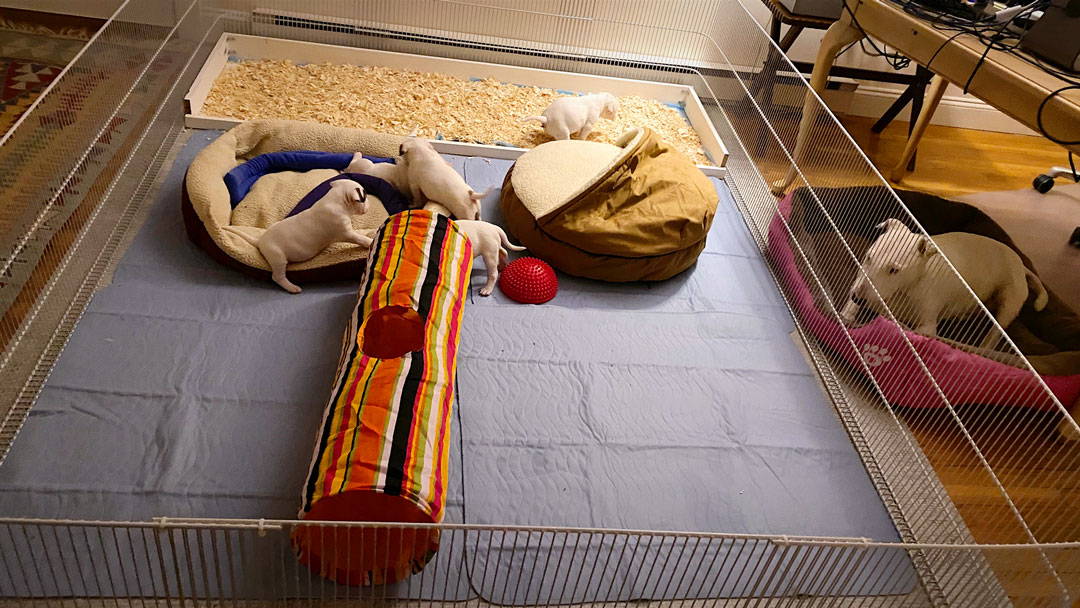
Your puppies should be secure and happy in their weaning pen before you start this work
A couple more notes about this training. First, you want to do it when they are somewhat fresh so that they notice you, but not so fresh that it’s unfair to expect them to ignore you. These puppies are on a schedule of coming out to play in the big part of the house 3-4 times a day. They play for about 15-30 minutes, they get a meal, and then noodle around until they fall asleep (which is almost immediately at this age.) We carry them back to their room after they fall asleep. So, I went into the office mid-way between play/meal sessions, when they were rested enough that they would wake up when I walked in, but not at a time when they were due for a meal and so would reasonably expect to be let out. In this way, I got the reaction I wanted, but they also were still in their nap zone, so they did go to sleep after lodging their complaints.
So, even if your litter is not annoyingly vocal like mine was, teach them to be ignored! Your puppy owners will thank you!

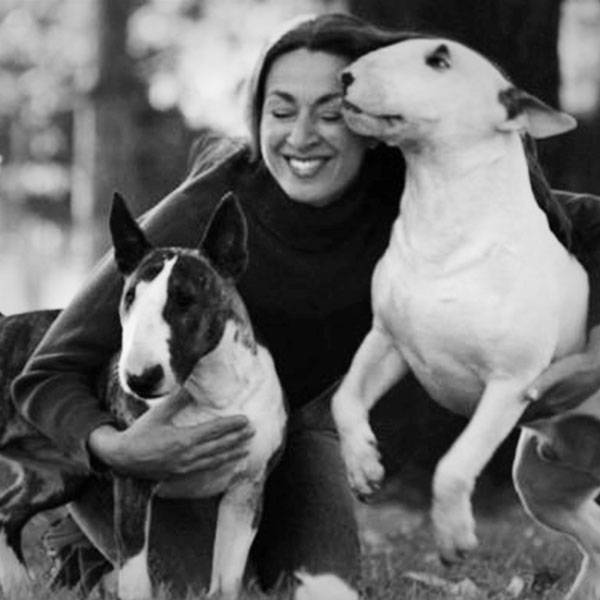
About the Author
Jane Messineo Lindquist (Killion) is the director of "Puppy Culture the Powerful First Twelve Weeks That Can Shape Your Puppies' Future" as well as the author of "When Pigs Fly: Training Success With Impossible Dogs" and founder of Madcap University.
Jane has had Bull Terriers since 1982 and she and her husband, Mark Lindquist, breed Bull Terriers under the Madcap kennel name.
Her interests include dog shows, dog agility, gardening, and any cocktail that involves an infused simple syrup.

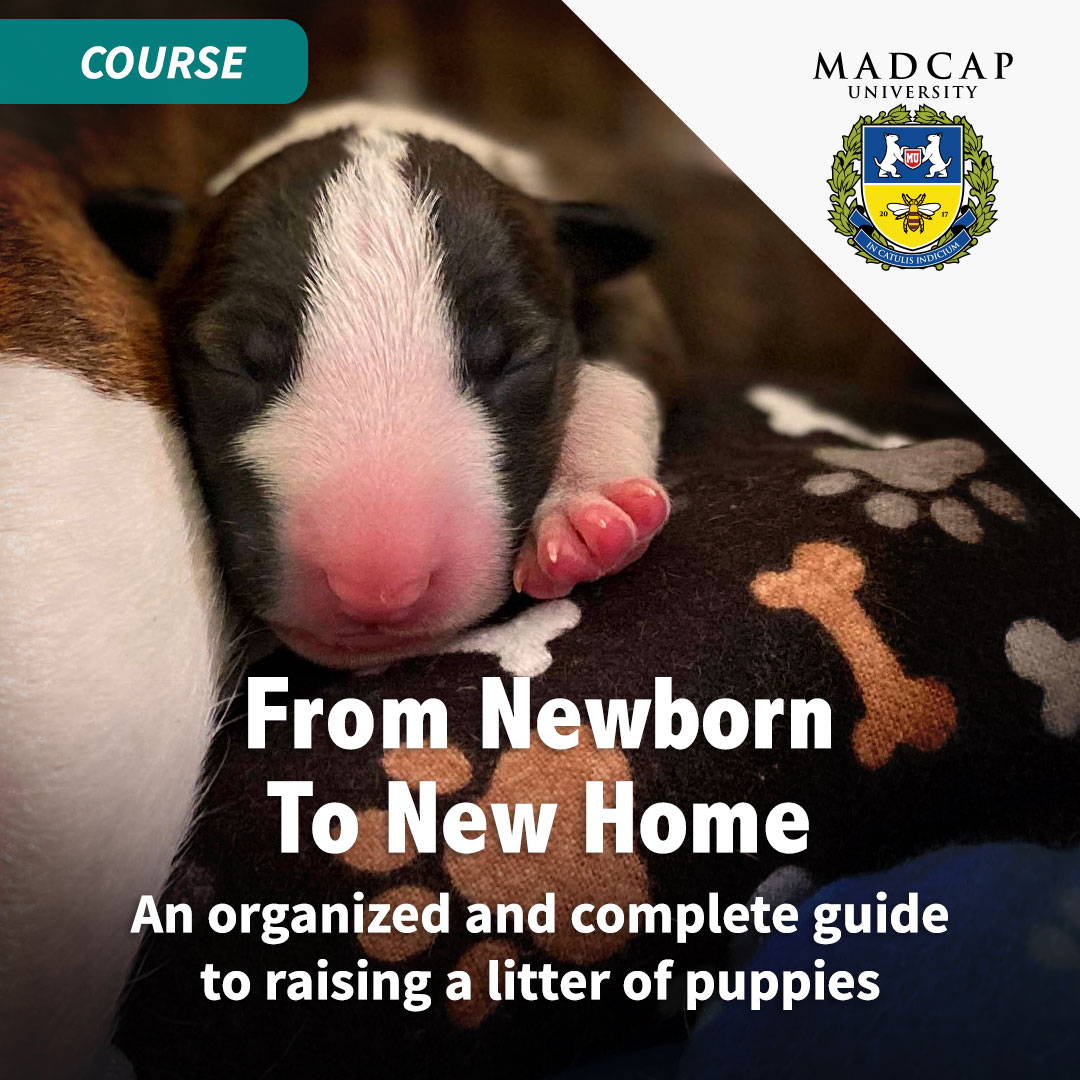
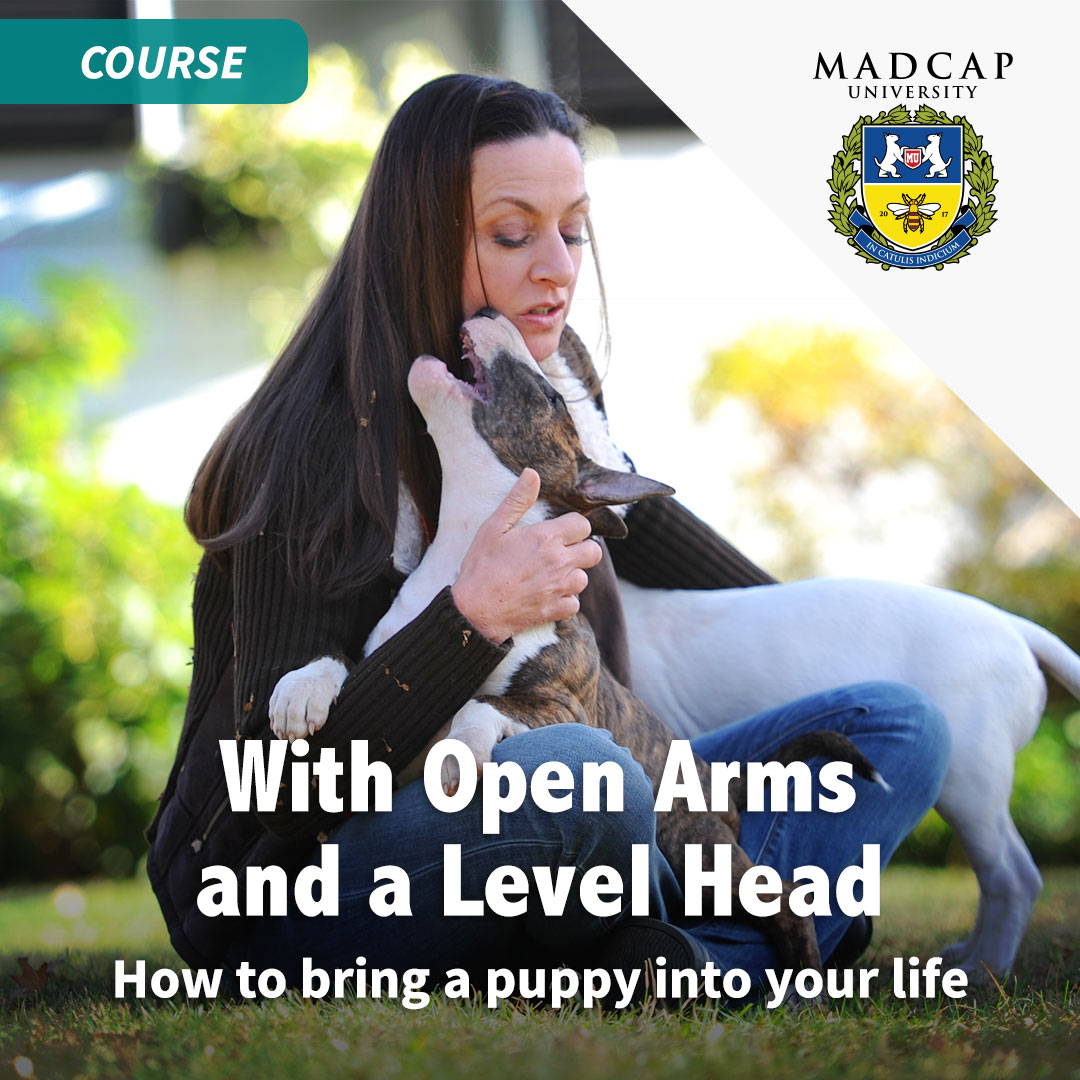
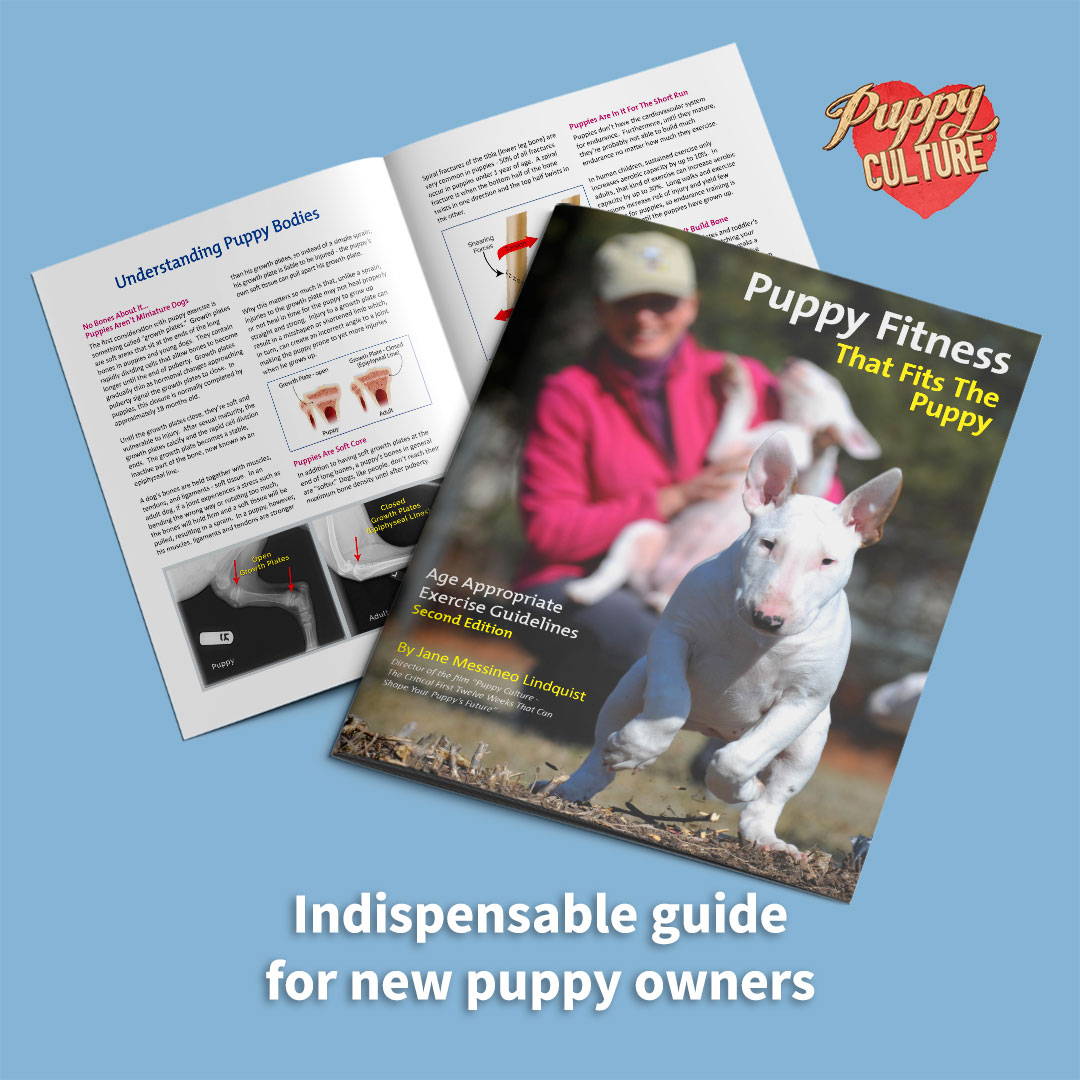



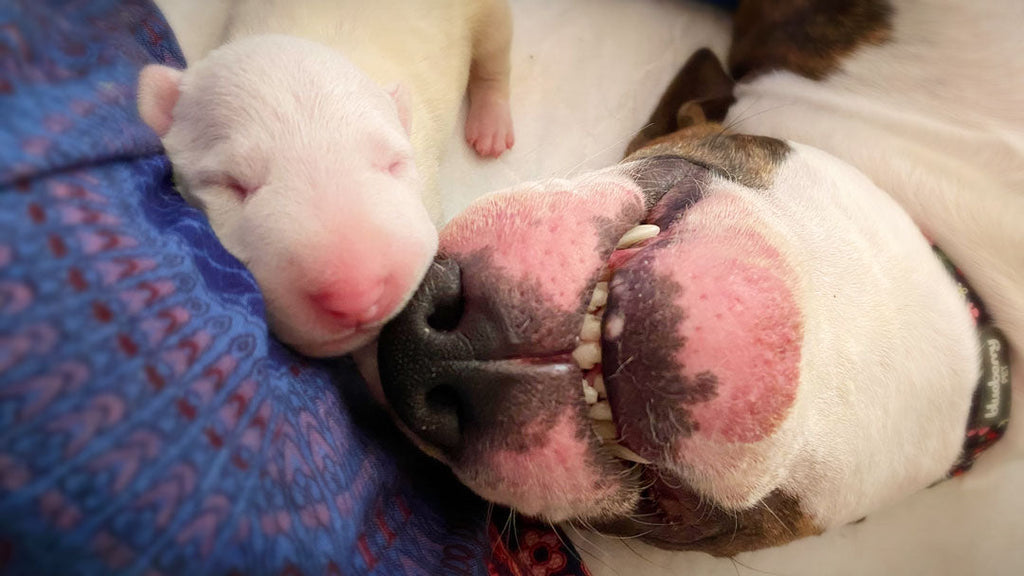
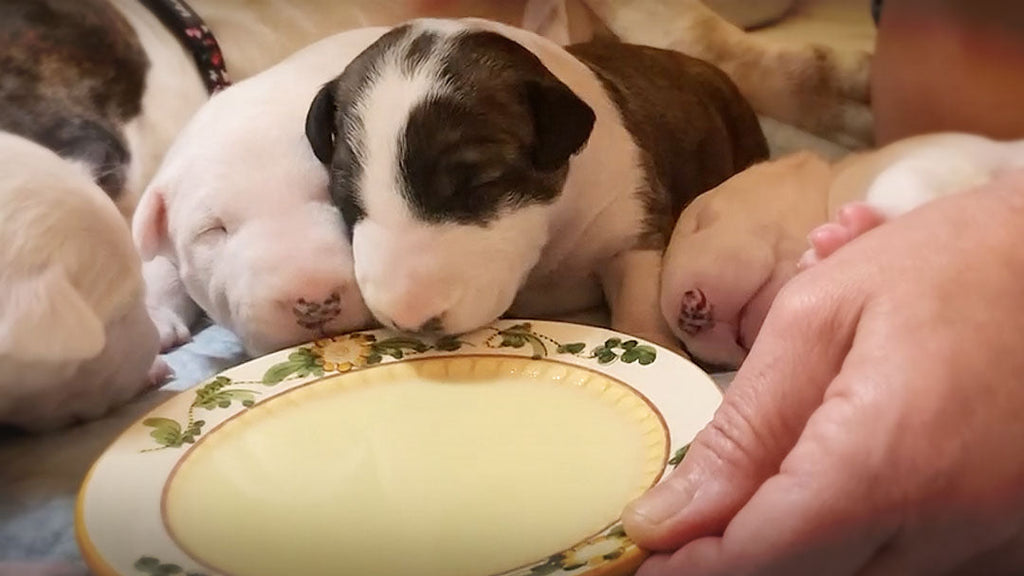
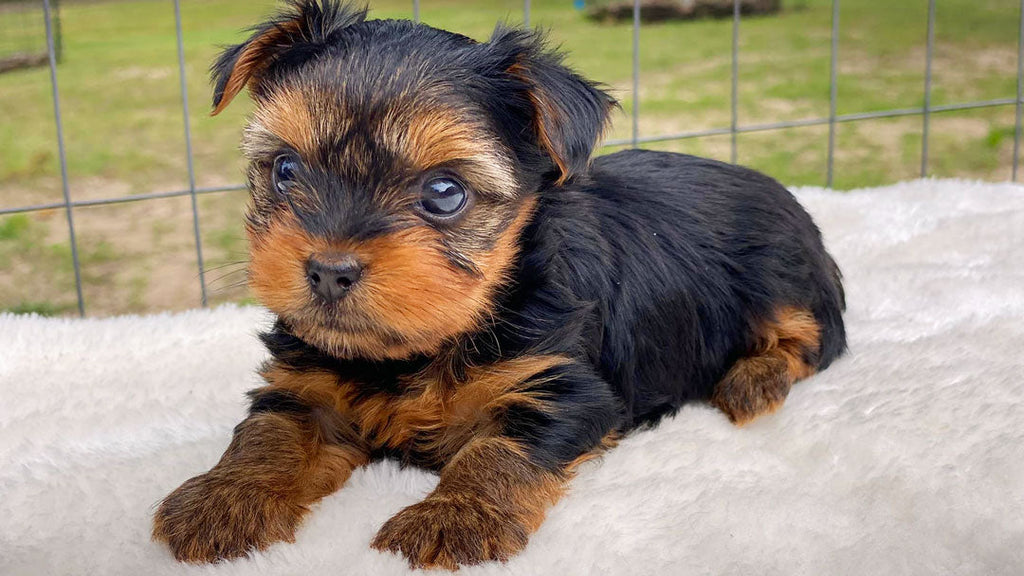
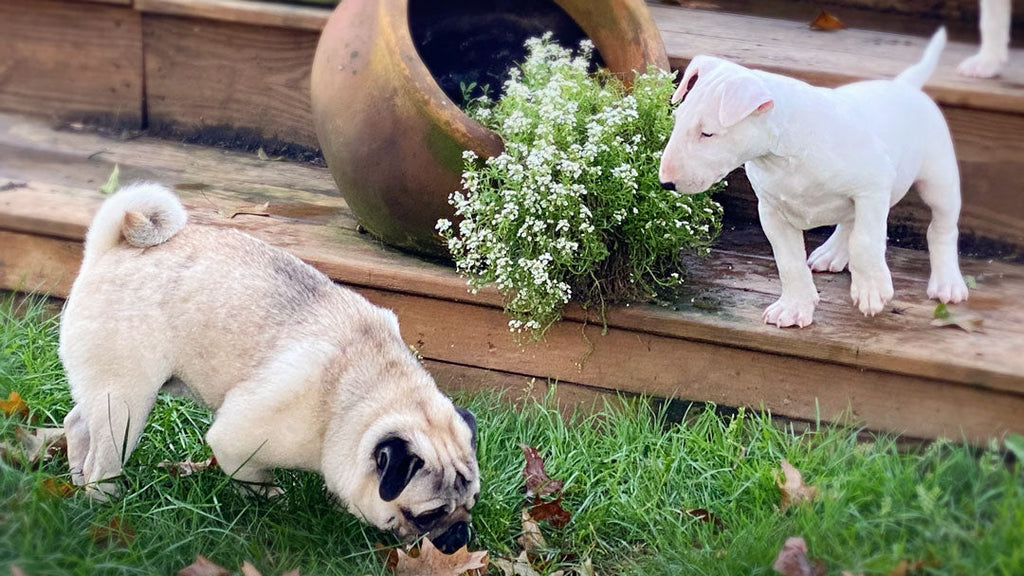
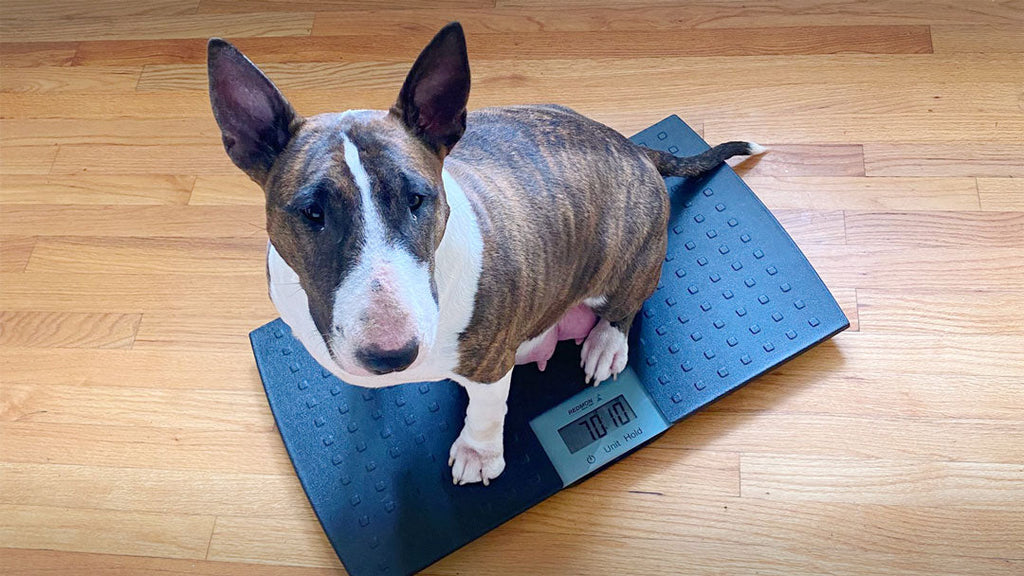
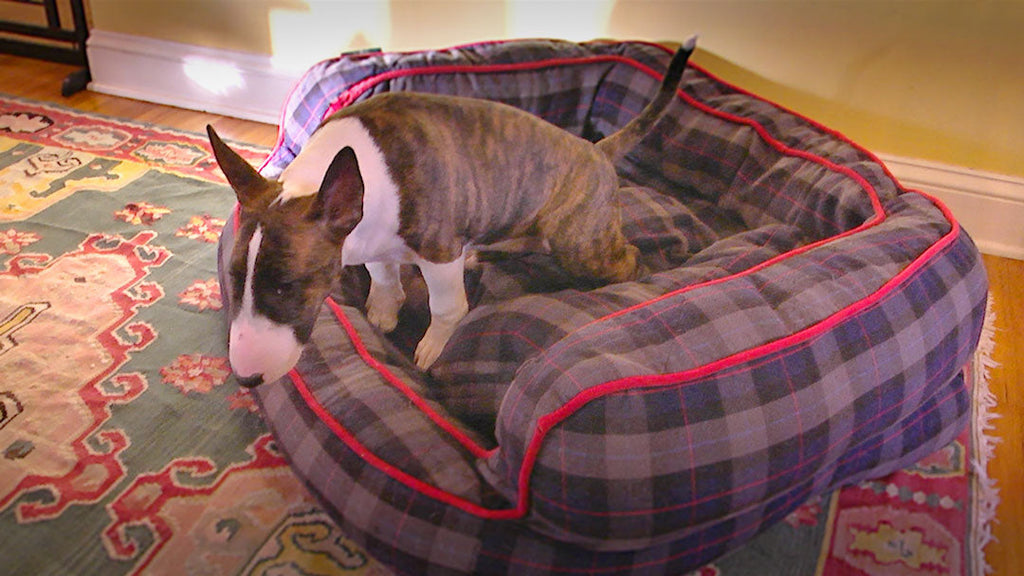

6 comments
Great article and had to pat myself on my own back, knowing I have been doing this with my Golden puppies all along. I have had litters that are not happy unless I am in the pen with them to play and really had to work hard to ignore and do my work.
There seems to be an obsession with “enriching” dogs lives every waking moment! The FB group on this topic is enormous. Then the dogs can’t be left alone, or tolerate crating, or riding in the car with fussing. Just some quiet, chill time, is so important. Thanks for this great article.
I have a five month old puppy who screams like a mourner at an Irish wake, or a stabbing victim in a slasher film when he awakes in his crate. He goes into his crate voluntarily, so it is not the crate. My wrist watch measures stress and I am at a 9 when this occurs. I have to wait it out to go to him, so I don’t reinforce the behavior. I sure wish his early enrichment has included how to self soothe.
I have a litter of screamers! Thanks for writing this article. Wouldn’t want one of my pups going to their new home acting out this behaviour if I can avoid it!
If only all breeders were as awesome as you, Jane! Also – in addition to “human not available when at the computer”, my dogs all learned “when you hear the laptop lid close, you might have a chance for attention!”